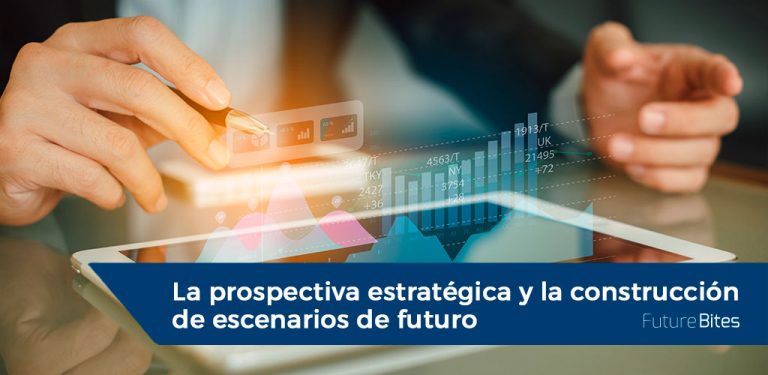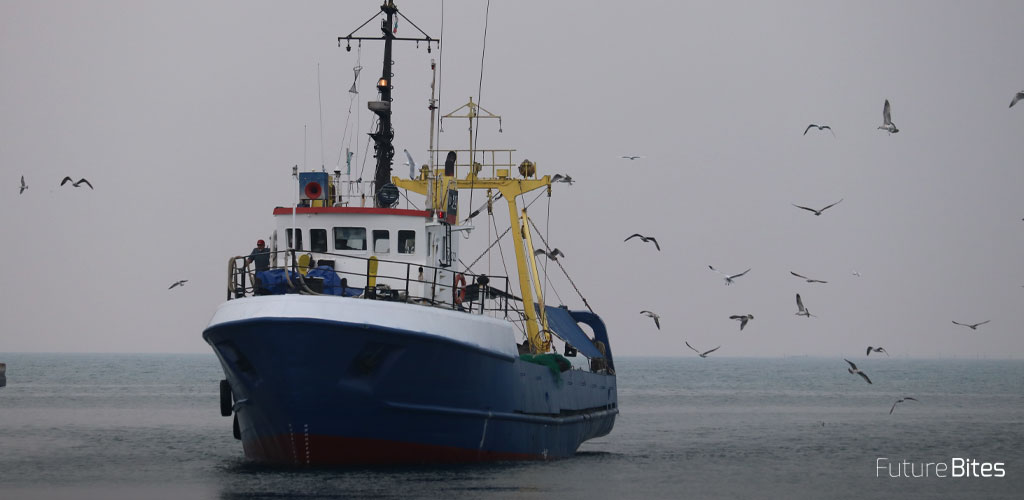Human beings have always shown great concern about the future and have tried to reduce the uncertainty it causes by means of omens, forebodings and predictions from the most remote antiquity. Fortunately, today it is not necessary to go to the Oracle of Delphi; it is enough to apply strategic foresight.
What is strategic foresight?
In the words of Thomas Miklos (2007, p. 56), foresight could be defined as "the effort to make the most desirable future probable". This discipline assumes that the future is not unique, but multiple, so it is necessary to analyze the different alternatives for the future with the objective of choosing one (the most desirable) to build it from the present.
In this sense, strategic foresight is strategic and methodological thinking, an attitude towards the problems of the future that guarantees a competitive advantage of anticipation and reduction of risk . Today, this methodology is of vital importance in a global and complex environment where companies and governments must make medium and long-term decisions.
Why is the application of this methodology necessary?
These decisions are often affected by great uncertainty, which is even greater today due to the crisis situation caused by the COVID-19 epidemic and the great challenge of economic regeneration of those sectors that have been affected by the pandemic and the consequences it has brought. The application of this methodology helps to reduce this uncertainty.
How to develop a prospective methodology?
The objective of this method, whose main reference is Michel Godet (French economist and expert in strategic foresight), is to look for the most probable scenarios among all the possible futures, in order to choose the most desirable one according to the interests of the organisation, company or government carrying out this analysis.
These scenarios or alternatives for the future are the result of an extensive and detailed study that begins with the identification of the key elements that make up the system chosen for analysis (a conflict, a business sector, a market, a crisis or any other area of interest).

The main elements that make up a system are the variables and the actors. So the first step is to determine what those variables are and analyze how they relate to each other. Next, the same procedure is carried out with the actors, also identifying the ends and means available to each of them.
As a result of the interaction between the actors and the system variables, events arise, whose only characteristic is that they may or may not occur. In this sense, the different scenarios will be defined based on some events that will take place and others that will not. Thus, the key is to determine the probability of occurrence of each event. To do this, not only is the previous work done on the variables, the actors and the events themselves taken into account, but this is complemented by a mathematical calculation that determines the probabilities of the scenarios.
Finally, the most probable scenarios are analysed, taking into account the one that represents the desired future , and lines of action are designed to achieve this scenario.
Case Study
Despite the complexity involved at first glance, the process is best understood through an example:
"Within the framework of a conflict between two countries (A) and (B), both would be considered actors. International support, energy independence or alliances with other States would be some examples of variables. The control of territory, the destruction of critical infrastructure or the occupation of strategic positions would be events. Thus, for country (A), the desirable scenario is to win the conflict, which can happen if you keep the territory under your control, if you have international support and if you manage to keep your strategic positions safe. In other words, victory is the product of a certain interaction between actors and variables that gives rise to certain events, whose probability of occurrence configures the different scenarios.

Areas of application for strategic foresight
Strategic foresight is oriented towards the study of the medium and long term future, so a time horizon of between 10 and 15 years is when the best results can be obtained. Despite the fact that it was originally closely linked to the field of intelligence at a state level, the enormous potential of strategic foresight in the private sector was soon realised, since the use of this methodology is not limited by the public or private nature of the organisation, nor is it limited by the size or sector to which it is oriented.

Competitive Intelligence and Cyber-intelligence
Currently, its application in areas such as cyber-intelligence and in other environments such as a pandemic or an economic crisis, is becoming more frequent and experts point to an increase in the demand for this type of service by companies. However, it is in Competitive Intelligence where it has proven to provide a differential value, decreasing the risk and giving the company a competitive advantage essential to achieve their objectives, as it provides the decision maker the opportunity to anticipate and reduce uncertainty, being able to develop a line of action in line with the desired future.
REFERENCES
GODET, Michel. From anticipation to action. Manual of foresight and strategy. Pagés i Buián, Emilia and Gavaldá, Jaime (trad.). Barcelona: MARCOMBO, S.A., 1993. 380 p. ISBN: 84-267-0924-9.
GODET, Michel. Strategic Foresight: problems and methods. Durance, Philippe (col.). Donostia-San Sebastian: Prospektiker, 2007. 105 p.
MIKLOS, Tomas. Forward planning: A strategy for designing the future. Mexico: Limusa: Centro de estudios prospectivos Fundación Javier Barros Sierra, 2007. 204 p. ISBN-13: 978-968-18-3848-5.












